
I am met by Kumiko-san of Kazenoko Tokyo at Keiyoutama Center Station, the home of Sanrio Hello Kitty Land. But today we are not here like the thousands of others, to say hello to Kitty-chan, we gather with a small audience of mums, dads and children to see a presentation of one of Kazenoko Tokyo’s oldest shows, Asobo. It is a special show today, presented for the ‘Family Support Centre’, an organisation which provides care to families who are experiencing hardship.
I have tried to read up on the show (with is a challenge due to the fact that my knowledge of Kanji is limited to about 200 characters…and there are approximately 30 000 of them!). However, I was able to establish from the flyer that it is a one woman show, utilising found objects (which are readily available in any house hold, for example: newspaper, dustpans and cardboard boxes) for play. Hence the name for the piece Asobo (Let’s Play).
Before the show, I ask Kumikio- san about Yuko-san, who will be performing the work today. “She is a powerful woman”, Kumiko says. I take this on board, I assume Kumiko means a powerful performer, but as I hear more about Yuko- san, I begin to understand the depths of her powers. I learn that Yuko was part of the Kazenoko ensemble which existed in Tokyo about 25 years ago (around the time that the company structure grew to incorporate different ensembles in different cities around the country). At the time, everyone in Yuko’s ensemble started having children and weren’t able to tour around as widely as they had in the past, but still wanted to create work. And so they began Chisai Gekijou (The Little Theatre), which still tours, to this day.
Chisai Gekijou began in a living room, where Kazenoko’s theatre makers gathered their children and newly born babies together and created small performances for them, using anything they could find around the house. As their children started attending kindergarten, the ensemble were able to start presenting the work they had developed for their own children, to other children who attended kindergartens and primary schools in the area. Soon they toured the show more widely but as Yuko’s children got older, she felt the need to challenge herself and her theatre making techniques further. Yuko-san took on a kindergarten -teaching job in the countryside, a long way from Tokyo and it was here that she developed her solo work, Asobo.
Asobo could be described as Yuko’s entire body of work which exists in two parts. Today I will see Part One.
ASOBO SHOW DESCRIPTION
We sit on cushions on the floor, there is also the option of chairs behind the cushions. Many of the ‘big people’ occupy these. I, like most of the audience, sit staring at the simple set in anticipation; it consists of three, large black boxes. Yuko is no where to be seen. I am looking forward to her performance immensely. The children range from the ages of a two to 10 years old. Most are accompanied by parents who sit with them or on the chairs behind. One mum sitting amongst the cushions is nursing a sleeping baby, who later, half way through the performance starts to cry but is expertly calmed by her mother’s breast milk. This is the first time I have ever seen breast feeding in public in Japan.
I love watching the audiences at chidren’s theatre shows almost as much as the productions. After all, the pure and sometimes most unexpected reactions of the children are SO entertaining. My favourite at this performance is the reaction of a little boy in the front row who, I assume, must spend a lot of time with his Grandfather; because whenever he is surprised he yells “HORA!” in a deep and husky tone, not only as though he is imitating an Ojiisan (a grandfather) but using an expression that only the Ojiisans employ.
A hand shoots out from behind the black box in centre stage, the audience is captivated, the fingers on the hand count down from 5 to 4, to 3, and by this stage the audience is chanting to “GO!”. We are focused on the hand that entertains us for the next five minutes. The hand, of course, belongs to Yuko-san who is indeed, a captivating performer. Captivating enough to hold her audience for about twenty minutes of ‘hand play’, twenty of ‘paper play’ and the final twenty through ‘cardboard box play’. The cardboard box play, developing into the telling of a beautiful folk tail about a baby elephant (made of a cardboard box, a cardboard trunk and dustpans as ears) that dresses up for his mum by exchanging his various body parts (trunk, big ears, tail) for the unique body parts of other animals (the lion’s main, the monkey's tail, the bird's wings etc). In the end, after showing her new acquisitions off to her mum who reacts with much warmth and laughter, the baby elephant happily returns everything to its rightful owner and so ends the tail….I mean tale! A simple story with a beautiful message, expertly told using puppetry with found objects.
The time flies by, the audience is captivated the whole time, Yuko-san, demonstrating her experience through the ease with which she interacts with the wide variety of children in the audience throughout the show. After the show, I turn to Kumiko and ask, “How long did that go for?” and she informs me “One hour, twenty minutes”. I am astounded. Of all of the children’s theatre shows that I have performed in, in Australia, the longest is fifty minutes, because at about forty minutes, the children start to get restless and lose focus, and it is hard work to hold them until the end. I decide to put it down to the power for Yuko-san. But I have a feeling that I will discover, as I view a wide variety of Kazenoko Tokyo shows over the next couple of weeks, that the power of Yuko-san and dedicated theatre makers like her, involved in the company, the creation of its work and its performance, that Kazenoko shows are tried, true and of a very high standard.
http://www.kazenoko.co.jp/infantwork/newfolder-21/
(Visit this link to see pictures of the show)
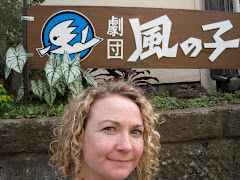

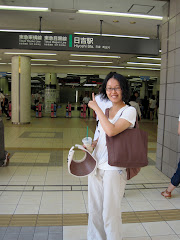
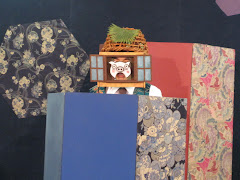

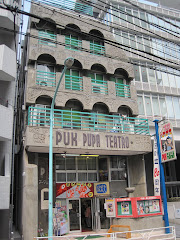
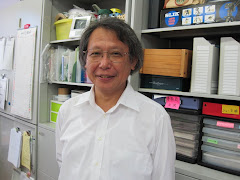
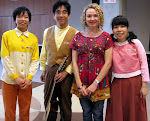
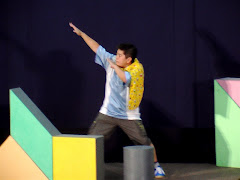



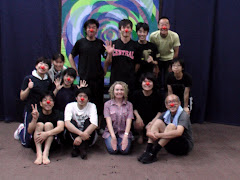


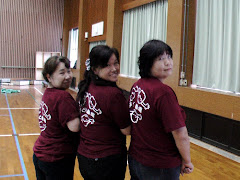
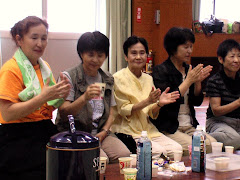
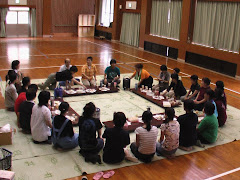
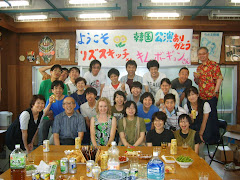
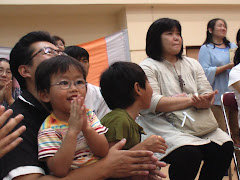
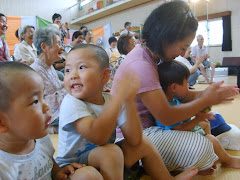
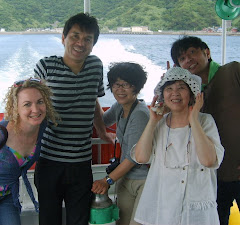
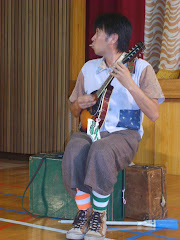
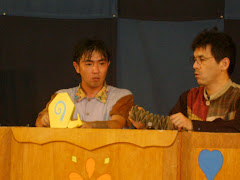

No comments:
Post a Comment